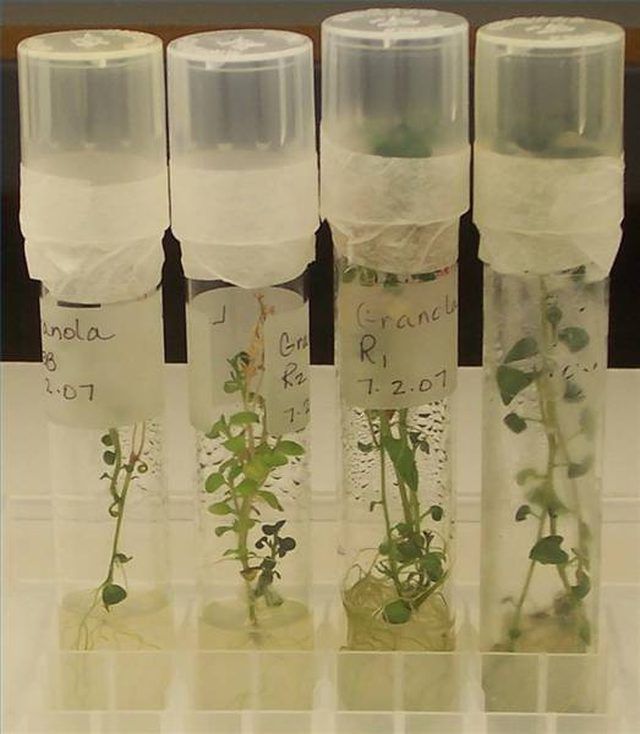Bulbs
Flower Basics
Flower Beds & Specialty Gardens
Flower Garden
Garden Furniture
Garden Gnomes
Garden Seeds
Garden Sheds
Garden Statues
Garden Tools & Supplies
Gardening Basics
Green & Organic
Groundcovers & Vines
Growing Annuals
Growing Basil
Growing Beans
Growing Berries
Growing Blueberries
Growing Cactus
Growing Corn
Growing Cotton
Growing Edibles
Growing Flowers
Growing Garlic
Growing Grapes
Growing Grass
Growing Herbs
Growing Jasmine
Growing Mint
Growing Mushrooms
Orchids
Growing Peanuts
Growing Perennials
Growing Plants
Growing Rosemary
Growing Roses
Growing Strawberries
Growing Sunflowers
Growing Thyme
Growing Tomatoes
Growing Tulips
Growing Vegetables
Herb Basics
Herb Garden
Indoor Growing
Landscaping Basics
Landscaping Patios
Landscaping Plants
Landscaping Shrubs
Landscaping Trees
Landscaping Walks & Pathways
Lawn Basics
Lawn Maintenance
Lawn Mowers
Lawn Ornaments
Lawn Planting
Lawn Tools
Outdoor Growing
Overall Landscape Planning
Pests, Weeds & Problems
Plant Basics
Rock Garden
Rose Garden
Shrubs
Soil
Specialty Gardens
Trees
Vegetable Garden
Yard Maintenance
Introduction to Plant Tissue Cultures
Introduction to Plant Tissue Cultures. Plant tissue culture is a technique used to grow plants or plant tissues and organs starting from a single cell or a small sample of cells. This method requires some laboratory knowledge and skill as well as basic laboratory equipment. Micropropagation, the clonal production of complete plants, is commonly...

Plant tissue culture is a technique used to grow plants or plant tissues and organs starting from a single cell or a small sample of cells. This method requires some laboratory knowledge and skill as well as basic laboratory equipment. Micropropagation, the clonal production of complete plants, is commonly used to grow plants on a commercial scale. Some advantages of tissue culture and micropropagation are that many plants can be started in a small space; the plants are kept in sterile condition for research or until they are ready for either hydroponic or traditional growth.
History
Plants have a remarkable regenerative power, as evidenced by the relative ease with which they can be rooted, transplanted and grafted. Early attempts at growing plants in vitro from isolated parts were unsuccessful, because knowledge of plant nutrition and physiology was inadequate. With the discovery of essential plant hormones, some progress was made starting in the 1920s and 30s.
A major advancement was made by Philip R. White in 1939 with his report of continuous culture of carrot and tobacco done completely in vitro. Further progress was made by Folke Skoog, who discovered new and important properties of the hormone auxin. Skoog, along with Toshio Murashige, went on to develop the still widely used standard plant nutrient solution---Murashige-Skoog (MS) medium.
The work begun by Kenneth Vivian Thimann in the late 1950s, which demonstrated that kinetin broke the dormancy of lateral buds, allowing them to develop as if they were at the tips of plants, paved the way for rapid advancements. From then on, new and important results were announced almost every year. Today almost any plant can be grown under laboratory control from a wide range of starting tissues.
Tissue Culture Methods
The main methods of tissue culture are classified according to the starting material. Some species can be started easily from a piece of cut leaf. Many can be grown from seeds in vitro, allowing generation of plants that may otherwise be difficult to raise. Embryo culture is similar to seed culture, except the embryos are extracted from the seeds before starting.
Meristem culture begins with excised root or shoot tips. Meristems are the actively growing zones at the apexes of roots, shoots and lateral buds.
In callus culture, the growth of undifferentiated tissue that normally would only appear on a wound is encouraged. Tremendous numbers of callus cells can be grown as a starting material for fully developed plants. These tumor-like cells must be induced to form from differentiated (already developed) tissues through the use of chemicals. Likewise, callus cells must be chemically treated to revert them to differentiated tissue.
Murishage developed a classification system to describe three distinct phases of micropropagation: Stage I, establishment; Stage II, multiplication and Stage III, maturation.
Stage I
In Stage I, a starting material (the propagule) is selected and prepared for culture. The first step is to disinfect the material by soaking it for a short time in an antibiotic, bleach or alcohol solution. The explant is then rinsed and placed in a test tube or petri dish containing sterilized culture medium. The culture medium is usually a variation of MS medium containing all essential elements, vitamins and hormones to stimulate the desired type of growth. The medium is made semisolid by the addition of agar.
Stage II
The goal of Stage II micropropagation is the proliferation of shoots by using a high cytokinin:auxin ratio. The powerful hormone 2,4D is used here if callus tissue is desired. To promote shoot multiplication, high concentrations of kinetin, benzylaminopurine (BA) or N6-(2-isopentenyl)adenine (2iP) are used along with an unstable form or low concentration of auxin. This combination promotes axillary or adventive shoot formation while inhibiting root growth.
A key feature of Stage II is the ease by which many more cultures can be derived from it. Proliferating shoots are easily transferred to other Stage II conditions to rapidly generate many more shoots. This can be continued indefinitely until contamination occurs or the plants appear deformed.
Stage III
During Stage III, the goal is to form complete plants with viable root and shoot systems. This is done by reducing kinetins and supplying sufficient auxin. Auxins are added directly to the medium, or the shoot bases can be dipped in an auxin solution during transplant to new media.
A hardening procedure is often required to increase the survivability of Stage III plants before potting. This is done by gradually increasing light, reducing humidity and allowing the plants to experience increased temperature variations. Once hardened, transfer to soil or other growth media is the same as for any other plant, but more care is needed since the plants tend to be slightly less hardy in comparison to traditionally grown individuals.